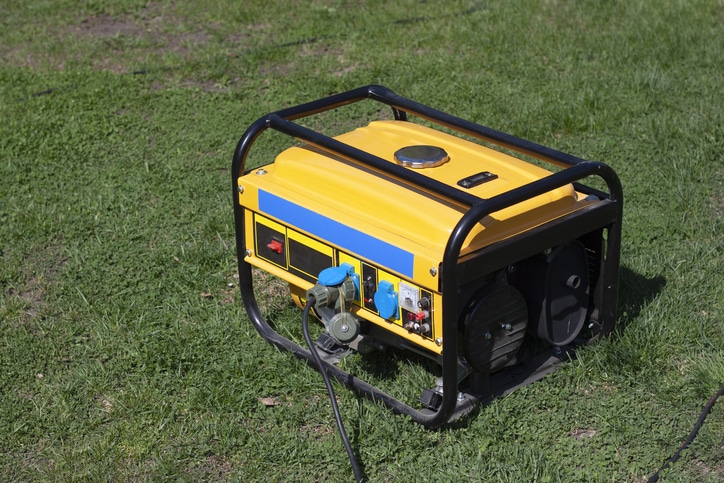Generator installation is a critical task that demands strict adherence to safety guidelines. Whether for residential, commercial, or industrial purposes, proper installation ensures optimal functionality and the prevention of potential hazards. Here, we’ll delve into the significance of paying attention to safety guidelines during generator installation, highlighting four key reasons why they should always be followed. From electrical hazards to fire prevention, these reasons underscore the importance of a cautious and well-informed approach to generator setup.
1. Electrical Safety
A fundamental reason to meticulously follow safety guidelines during generator installation is to mitigate the risks associated with electrical accidents. Generators involve intricate electrical systems that can become hazardous if not properly installed. Incorrect wiring, poor connections, or inadequate grounding can result in electric shocks, short circuits, and even fires. The chances of electrocution and other electrical hazards are significantly reduced by adhering to recommended practices, such as ensuring proper wire gauges, securely fastening connections, and employing reliable grounding techniques.
2. Fire Prevention
Generator installations necessitate careful consideration of fire prevention measures. Generators generate heat as they operate, and improper installation can exacerbate this heat buildup, potentially leading to fires. Adhering to safety guidelines ensures the generator is installed in an adequately ventilated area with sufficient clearance from flammable materials. Additionally, proper insulation and shielding mechanisms can be employed to contain heat and prevent it from reaching dangerous levels. A well-ventilated and appropriately spaced installation minimizes the risk of fires, thereby safeguarding the generator and the surrounding environment and structures.
3. Carbon Monoxide Mitigation
Carbon monoxide (CO) leaks are a severe concern associated with generator installations. CO is an odorless, colorless gas that can accumulate to deadly levels in enclosed spaces. It’s imperative to follow safety guidelines to prevent the potential leakage of CO. Proper placement of the generator, along with the correct design and installation of exhaust systems, ensures that any CO produced is safely directed away from occupied areas. By doing so, the risk of CO poisoning is substantially reduced, maintaining the safety and well-being of those in the vicinity.
4. Long-Term Reliability
Adherence to safety guidelines during generator installation has a direct impact on the long-term reliability of the system. Manufacturers provide installation recommendations based on extensive testing and engineering expertise. By following these guidelines, you ensure the installation’s safety and enhance the generator’s overall performance and durability. A properly installed generator is less susceptible to mechanical failures and breakdowns, minimizing the potential for unexpected downtime and costly repairs. Investing the time and effort to install the generator correctly pays off in terms of its continued reliable operation.
Prioritizing safety guidelines during generator installation is of utmost importance, as it ensures protection against electrical hazards, fire risks, carbon monoxide exposure, and mechanical failures while ensuring compliance with regulations. At Comeaux Electric in Lafayette, LA, we offer a range of services, including the installation of generators, so call us today to find out more.


